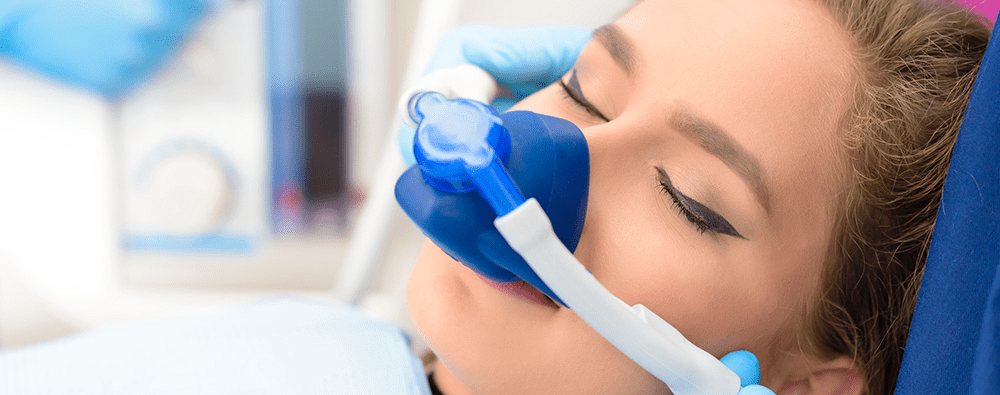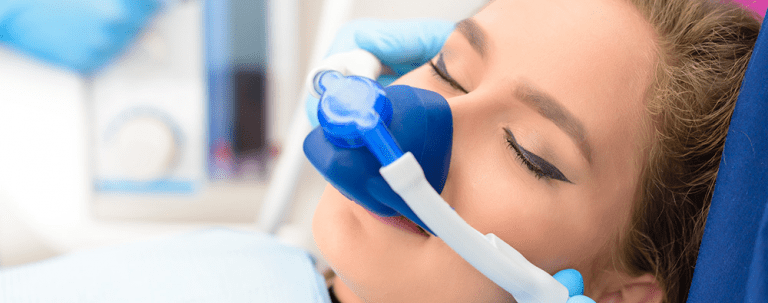
Patients scheduled for more involved procedures or who are simply weary of the periodontist’s office often want to know about the possibility of using nitrous oxide, commonly known as “laughing gas,” during their appointment. This article explains what nitrous oxide is, how it works, and the Dos and Don’ts of using nitrous oxide.
Nitrous oxide (N2O) is a colorless gas that has a faint sweet smell. An inhalation agent, the N2O enters the bloodstream as free gas before entering the brain. The gas is an analgesic, meaning it relieves pain. However, unlike an anesthetic, N2O does not completely eliminate sensation. Therefore, for surgeries that require a local anesthetic, N2O can be used in tandem with an anesthetic. However, N20 should not be relied on solely to eliminate pain.
N20 is also an anxiolytic, meaning that it reduces anxiety. Producing a state of “conscious sedation,” N20 effectively depresses the central nervous system while creating a temporary sensation of euphoria. For most people, especially anxious patients, N2O has a calming effect.
The delivery of the N2O to the patient is straightforward. A small inhalation mask is placed over the nose, and the nitrous oxide and oxygen mixture flows straight from the mask to the nose. The patient simply breathes normally and within a few moments should start feeling calm and comfortable.
A common question is whether patients will be able to drive home after receiving the N2O. The answer is yes. You will be fully alert and capable of driving home once your visit is completed; the effects of the gas wear off when the mask is removed.
Another question is whether N2O is safe. It is safe when used appropriately under the direct supervision of a healthcare professional. However, it is a good idea to stay away from a heavy meal close to when you undergo a procedure including N2O. This is because a side effect of N2O might include short-term lightheadedness and nausea. Moreover, although rare, some may experience an allergic reaction to N2O, including hives and wheezing. Finally, though N2O is safe, it is not recommended for everyone. For example, individuals with a history of mental illness or substance abuse problems should not use N2O.
On the whole, N2O can be helpful in aiding anxious patients in becoming relaxed and remaining peaceful during treatment. However, N2O should never be used recreationally or without the supervision of a health care professional.

For more information on this topic, listen to the Gum Guru Podcast by clicking the link below:
